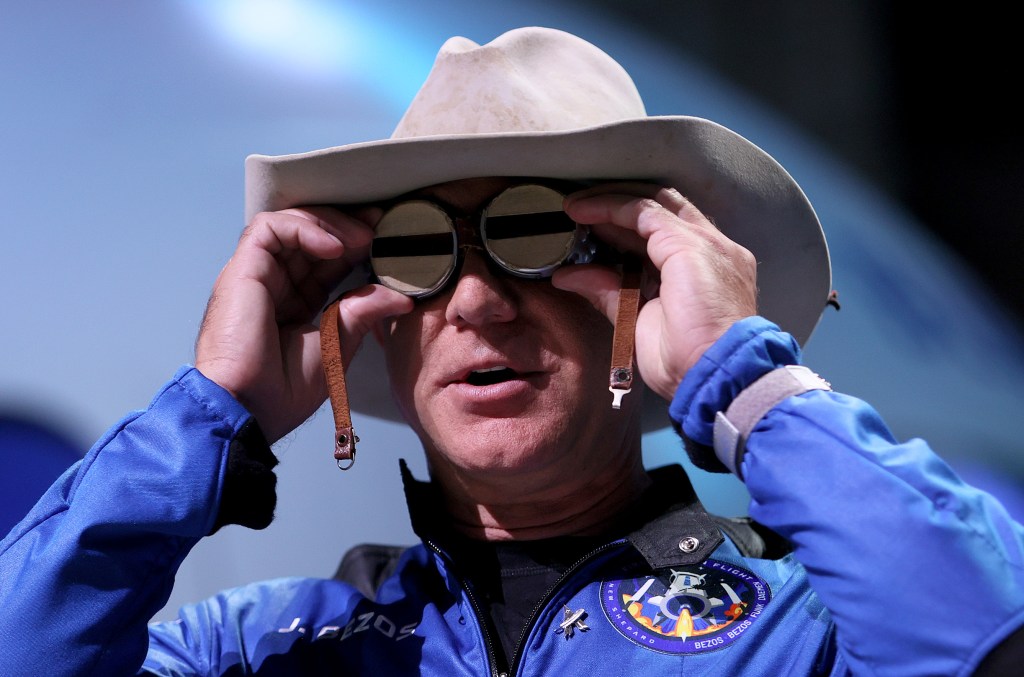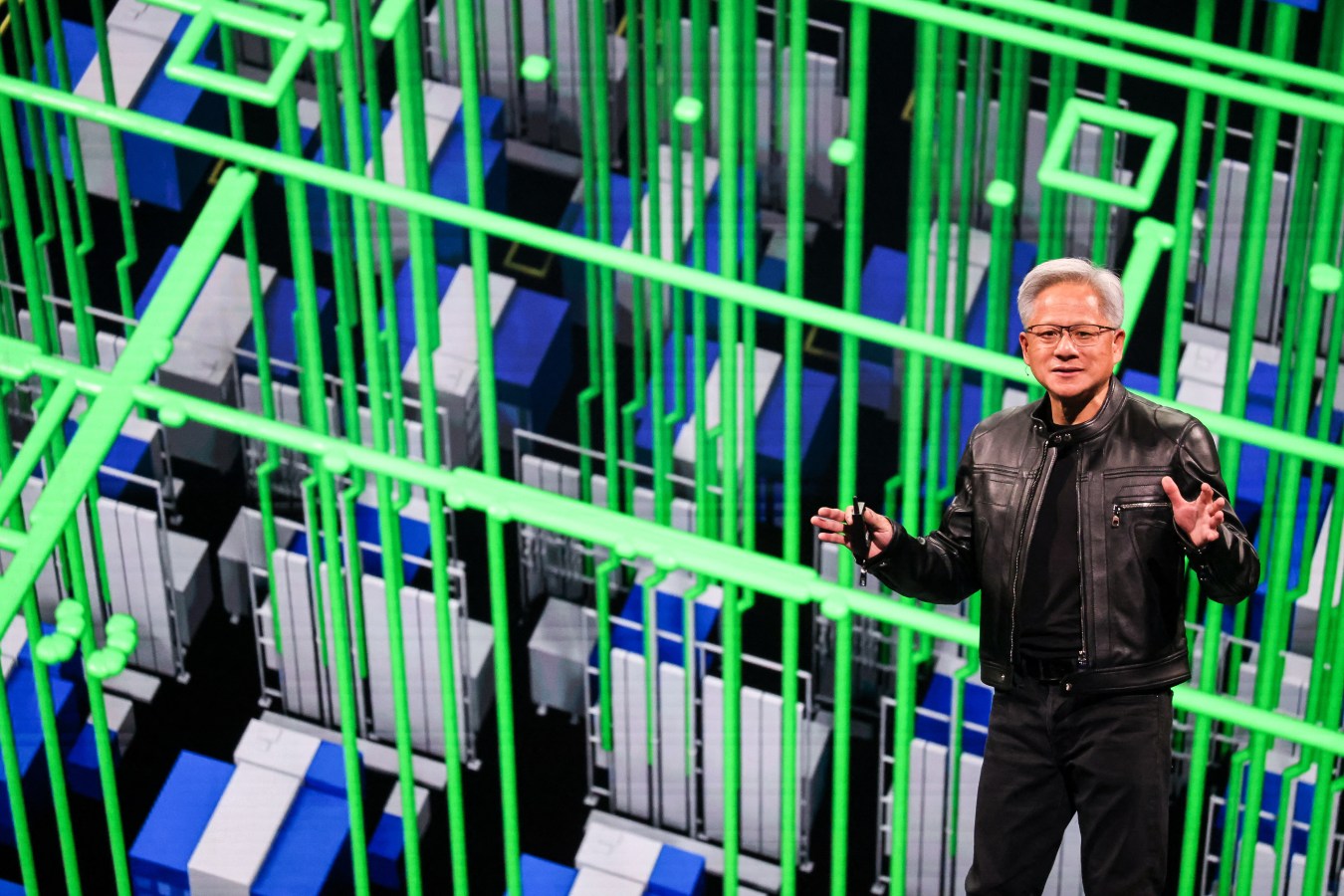Houston-based Intuitive Machines is hoping to become the first private company to land on the lunar surface this month, one of several billionaire-backed companies NASA is tapping to unlock the moon, lower the agency’s costs and grow the budding space economy as it plans missions to the moon, Mars and beyond.

Key Takeaways
- NASA is working with 14 American companies to help deliver scientific instruments and technology to the lunar surface as part of its Artemis program to send people back to the moon.
- The first nine companies joined NASA’s Commercial Lunar Payload Services (CLPS) scheme in 2018, including Pittsburgh-based Astrobotic Technology, whose Peregrine mission marked both the program’s first launch and first failure after a fuel leak dashed hopes of it landing on the moon and sent it crashing back to Earth.
- The scheme’s next launch on Feb. 15 is led by Houston’s Intuitive Machines, a company cofounded by Kamal “Kam” Ghaffarian, who chairs its board and is worth an estimated $2.3 billion generated by space-related ventures.
- Billionaire couple Eren and Fatih Ozmen, respectively worth $3.4 billion and $3.3 billion, founded and now lead the Sierra Nevada Corporation, one of five companies added to the scheme in 2019, however Sierra has yet to be awarded a CLPS contract.
- Elon Musk’s SpaceX also joined in 2019 and is yet to be awarded a contract under CLPS, although the company has already inked valuable deals with NASA and its reusable rocket technology is being used to launch other CLPS missions like Intuitive’s IM-1.
- Amazon founder Jeff Bezos, through his space company Blue Origin, also joined the program in 2019 and the company is still catching up to SpaceX and similar to Musk’s firm Blue Origin has yet to be awarded a CLPS contract but has lucrative contracts with NASA for other work.
What Companies Have Won Clps Contracts?
The companies involved in CLPS are all able to bid for NASA contracts and so far the agency has awarded 10 for companies to deliver material to the moon. Two have been awarded to Astrobotic and three to Intuitive, whose missions are expected to take place in 2024.
Texas-based Firefly Aerospace has been awarded two delivery contracts and is slated to launch the first of two lunar missions in 2024, where it hopes to land its Blue Ghost lander in the moon’s Mare Crisium basin. Blue Ghost Mission 2 is scheduled for 2026 and will deliver NASA payloads to the moon’s far side, as well as deliver a communications satellite into lunar orbit. Massachusetts-based Draper is also set to fly to the moon’s far side and it is scheduled to land in the Schrödinger Basin in 2025.
Both of the remaining CLPS missions were canceled after NASA awarded contracts. One mission fell through after the company, Masten Space Systems, struggled to stay within budget for the project, ultimately folding and declaring bankruptcy. New Jersey-based Orbit Beyond was also awarded a CLPS contract but NASA terminated the deal after the firm said it would be unable to meet timelines for the mission. The company is still able to bid for future work under the program, which also includes industry titan Lockheed Martin Space, Ceres Robotics, Deep Space Systems and Tyvak Nano-Satellite Systems.
Tangent
Florida-based Moon Express, cofounded by Naveen Jain, was also among the first wave of companies bidding for NASA contracts and in 2016 became the first company to secure permission from the US government to land on the moon, where it plans to mine the satellite—which it describes as the “Earth’s 8th continent”— for water and minerals.
Key Background
Getting things off of planet Earth is an expensive and risky endeavor. Historically, landings on the moon and further afield have been the almost exclusive purview of national governments. Space programs from just five countries—the US, the Soviet Union, China, India and Japan—have managed the feat and of these three only did so recently (China first landed in 2013, India did last year and Japan landed its “moon sniper” probe this January). By increasing its reliance on private enterprise through schemes like CLPS, NASA hopes to foster the budding space economy, drive competition and lower its expenses.
The agency has said private firms will form a key part of its future plans for the moon—where it hopes to land astronauts this decade and ultimately set up a lunar base as a springboard for further exploration— Mars and deeper space. Competition among billionaires to colonize space has proven useful for the agency’s aims.
In addition to those involved in the CLPS program, other wealthy figures like Virgin Galactic Richard Branson (worth $2.9 billion), aerospace entrepreneur Robert Bigelow and crypto pioneer Jed McCaleb (worth $2.7 billion and whose company Vast is planning to launch the first private space station) are working to build fortunes and expand their business empires off-planet.
What To Watch For
Intuitive Machines’s IM-1 mission is slated to launch on Thursday and, if successful, the firm will become the first private company to touchdown on the lunar surface. Three have tried and failed before it: Astrobotic, whose Peregrine lander burned up in Earth’s atmosphere, Japanese firm Ispace, whose lander smashed into the lunar surface last year, and Israel’s SpaceIL, which attempted to land on the moon’s Sea of Serenity in 2019.
Big Number
$2.6 billion. That’s the maximum value of NASA’s CLPS contracts through 2028. NASA said it encourages companies to “fly commercial payloads” in addition to what it has contracted. In addition to NASA gear, Astrobotic carried human remains and DNA on its mission and Intuitive’s Odysseus lander is set to carry a series of sculptures by artist Jeff Koons, part of an NFT crypto project.
This article was first published on forbes.com and all figures are in USD.


